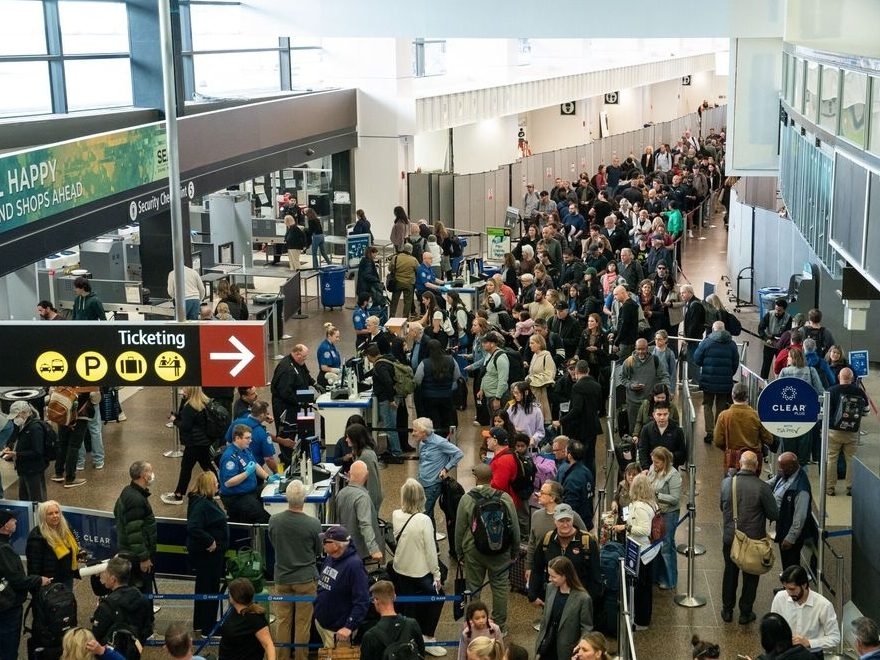A pre-dawn darkness shattered over Dnipro, Ukraine, as a Russian drone slammed into a nine-story apartment building while residents slept. The impact unleashed a fiery inferno, leaving three dead and twelve wounded, including children. This wasn’t an isolated incident, but a brutal opening salvo in a widespread Russian assault targeting Ukraine’s very lifeline.
Across the nation, a barrage of 458 drones and 45 missiles rained down, specifically aimed at crippling power infrastructure. While Ukrainian air defenses managed to neutralize 406 drones and nine missiles, 25 locations still bore the brunt of the attack. The immediate consequence? Widespread power outages, plunging regions into darkness as authorities scrambled to prevent a complete system collapse.
The eastern city of Pokrovsk has become a focal point of intense fighting, a strategic battleground where both Ukraine and Russia are desperately trying to demonstrate battlefield success. The stakes are higher than ever, with both sides keenly aware that the outcome could influence a key player: U.S. President Donald Trump, and potentially reshape the trajectory of the conflict.

Adding another layer of chilling complexity, Russia announced it has begun preparations for a potential nuclear test, directly following statements from Trump that hinted at a possible resumption of U.S. atomic testing. Moscow claims it awaits clarification from Washington regarding its intentions, but the move ratchets up global tensions to a dangerous new level.
The Kremlin insists its strikes target only military and energy sites supporting Ukraine’s war effort, but the reality on the ground paints a different picture. Ukraine’s Prime Minister reported significant damage to major energy facilities around Kharkiv, Kyiv, and Poltava, leaving communities facing the prospect of a harsh winter without heat, light, or water.
Ukraine isn’t passively absorbing these attacks. Long-range drone strikes are systematically targeting Russian oil refineries, aiming to cut off the revenue stream fueling the Kremlin’s war machine. This escalating cycle of attacks on each other’s energy infrastructure represents a brutal, escalating struggle with devastating consequences for civilians.
President Zelenskyy has vowed to sever Russia’s oil trade with Europe, a bold promise made after Hungary secured an exemption from recent U.S. sanctions targeting Russian oil producers. He insists that Russian oil will not find a market in Europe, a declaration signaling a determined effort to isolate Moscow economically.
The situation in Pokrovsk remains critical. Russian forces claim to have encircled the city and the nearby town of Myrnohrad, and also claim to have surrounded Ukrainian defenders in Kupiansk. While Kyiv disputes these claims of encirclement, acknowledging the dire situation, the fighting continues with unrelenting ferocity.
Beyond the immediate battlefield, a deeper struggle is unfolding – a fight for influence, for resources, and for the very future of Ukraine. Each strike, each advance, each diplomatic maneuver is a calculated move in a high-stakes game with global implications.




